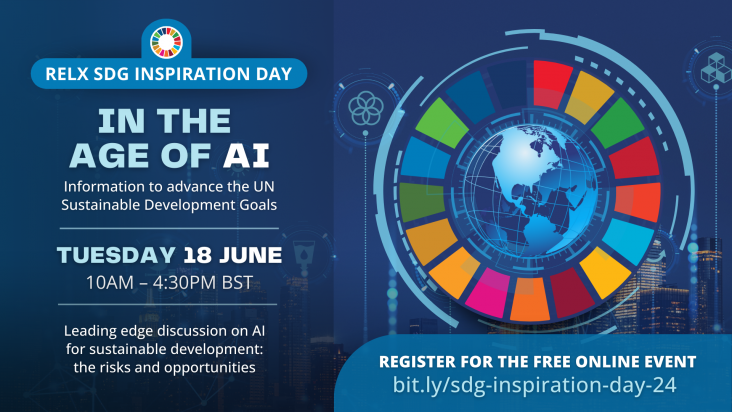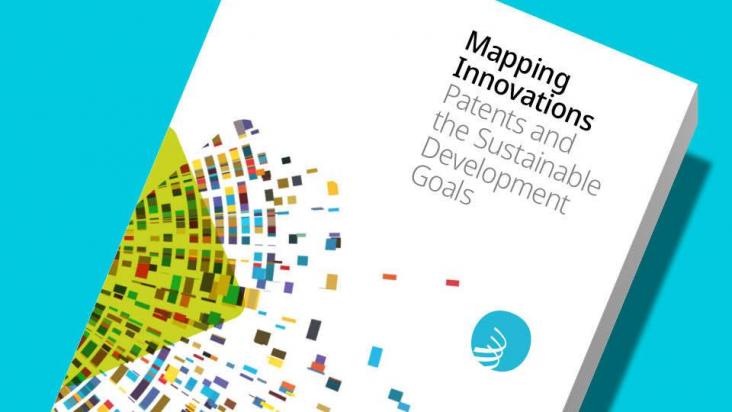In this current study, six metropolitan areas were selected to differentiate the built-up landscapes by utilizing the concept of local climate zones. Results revealed a 30.67% higher heat health risk in compact built-up landscapes than in the open built-up type, with urban green spaces playing an effective but differentiated role in mitigating risk.
This article supports SDGs 13, 15 and SDG 11 by exploring the utilization of soil microbe based desertification management practices and highlighting emerging technologies in the field. It discusses the policy implications and strategies that can support sustainable land use practices.
This study aims to evaluate the alterations in mean daily temperature (Tmean) and total daily rainfall (rrr24) utilizing climate change scenarios from both phases 5 and 6 of the Coupled Model Inter-comparison Project (CMIP5 and CMIP6, respectively) in the southern coastal regions of Iran (Hormozgan province), specifically north of the Strait of Hormuz.
This chapter aligns with Goals 9, 11, and 13 by outlining nondestructive evaluation methods which extend the lifecycle of these buildings and make their materials more durable.

In this episode of the "World We Want" podcast, Márcia Balisciano interviews Marco Richter, Global Head of Customer Success, LexisNexis Intellectual Property Solutions. They discuss how businesses and policymakers can leverage intellectual property (IP) frameworks to promote environment-friendly technologies and practices.

RELX SDG Inspiration Day 2024: Leading edge discussion on AI for sustainable development: the risks and opportunities
The tenth RELX SDG Inspiration Day - a free, online event for thought leaders, corporate representatives, students, investors, government and NGOs to explore issues, gain practical insights and be inspired to take action in support of the UN Sustainable Development Goals.

AI holds tremendous potential for advancing the United Nations Sustainable Development Goals (SDGs). AI, particularly generative AI, provides new opportunities to analyse data and trends at pace a

This comprehensive report produced by World Intellectual Property Organization (WIPO) presents an extensive analysis of patents mapped to the United Nations Sustainable Development Goals (SDGs).
This chapter addresses UN SDGs 10, 11, And 15 by discussing the importance of incorporating indigenous knowledge and culture in Arctic development in particular their familiarity with the Artic environment and their ability to manage the natural resources in a sustainable way.
The study forecasts AI-based innovation's impact on SDGs in 22 countries from 2022 to 2030 using System Dynamics Modeling. In most of the 22 countries studied, AI-based innovation positively affects SDGs 1, 3, and 5. For half of the countries studied, AI-based innovation positively influences SDGs 2, 4, 6–8, 11, 13, and 16–17. AI-based innovation does not positively influence SDGs 10, 12, 14–15 for most countries studied.
